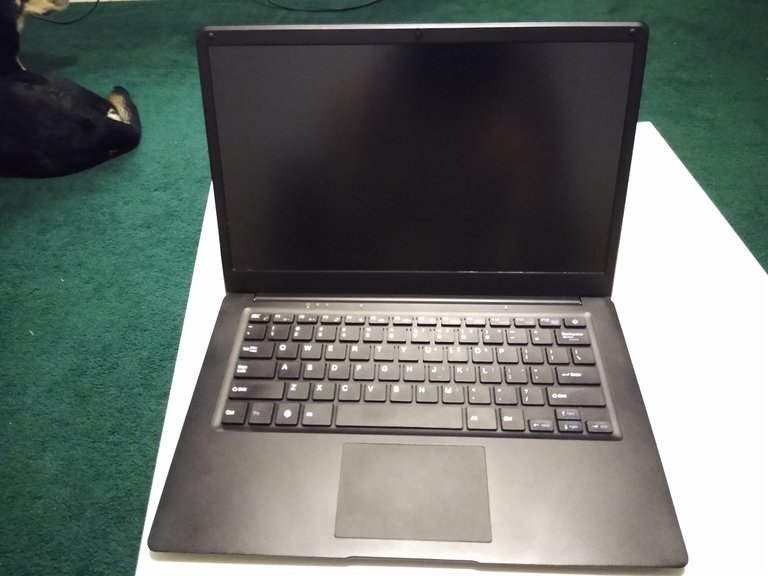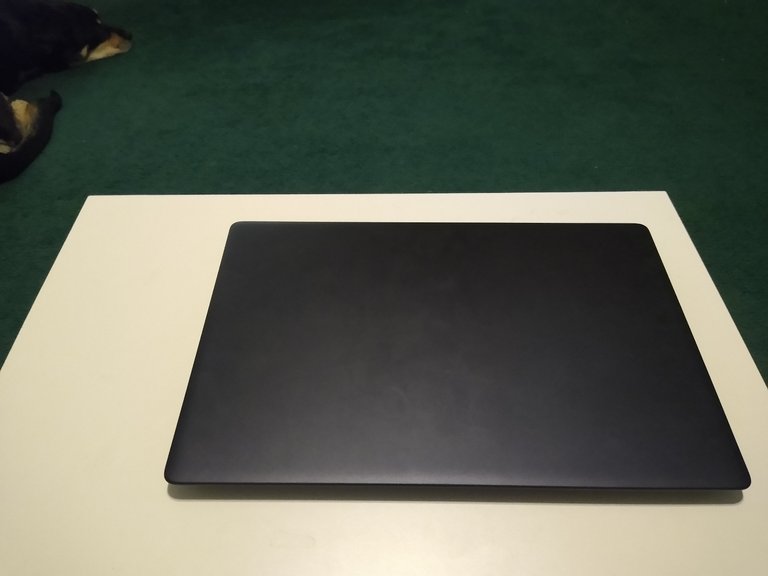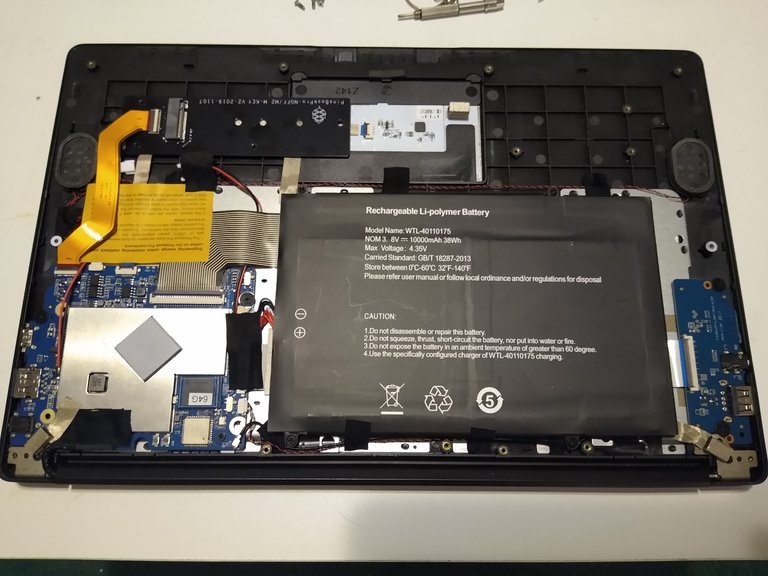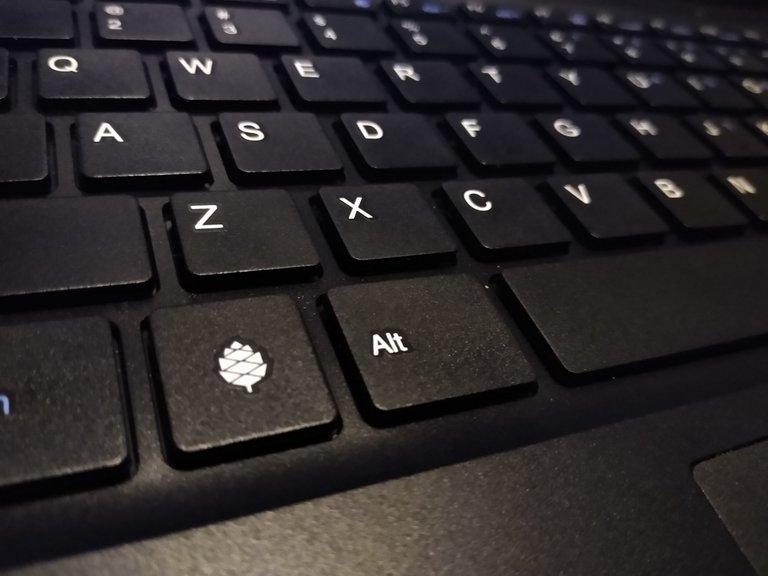Hello world,
After having used it regularly over the last few weeks I wanted to post a review of my experience using a new PineBook Pro (PBP) from Pine64[1].
At the end of June Apple announced their switch to ARM and RISC CPU’s[9], a move I think will really help the development of the ARM ecosystem. Smart phones have dramatically pushed adoption of these chips ever since the technology was introduced with the first iPhone. Since the release of the original Raspberry Pi, in 2012, single board computers (SBCs) have also pushed that even further.
A full explanation for why I think ARM adoption is important, as an open-source architecture, may be an entirely different future blog post. My first blog[8] gives one case that prompted the creation of the GPL license which showed why closed source software causes problems for developers, and closed source hardware is an entirely different story. A recent episode of Lex Friedman’s Artificial Intelligence Podcast, featuring David Patterson, really dives deep into what RISC architectures are as opposed to SISC architectures, which is what most of us use in today’s proprietary x86 architecture from Intel in all of our laptops and desktops[3]. For apple to commit to a 100% transition to ARM chips is really good news for developers as this ecosystem continues to grow.
I would like to preface the review with a brief history of Pine64 as a company. On December 9, 2015, Pine64 launched their Kickstarter campaign to fund the Pine A64 SBC[2], back then the company was still based in California. At the time Raspberry Pi was on to its model 2B. To my knowledge the A64 was intended to be the first 64-bit SBC on the market, at least it was likely by far the cheapest at the $15 price point with it’s specs. Because the launch of the product was delayed, with the first boards shipped into March[4], the Raspberry Pi 3 released around the same time and was also a 64-bit SBC; although, if my memory is correct from the time, 64bit images were not very common. In the 4 years after their first product Pine64 has released a range of SBCs, the most current model is the RockPro64. Previouse to this PBP, they released the first PineBook at the end of 2017 for under $100 USD.
Most recently the company has completely relocated to Hong Kong, where my PBP was shipped from. There are many possible reasons for this but the most logical is it’s proximity to Shenzhen China. Shenzhen is a globally known hub for electronics manufacturing and hacking[5]. Due to the global COVID-19 pandemic the company had to briefly halt activities but resumed shipping in mid May, which is when I received my PBP.

My first impressions of the product unboxing the packaging were really good. Plain brown cardboard box, no unnecessary logos or branding, just an “ANSI” label indicating my keyboard configuration. In another box was the power adapter with two attachments, my North American one and I believe the other I recognize as compatible with Brazil. You pick your required adapter and keyboard configuration when you order the PBP. Lastly, a simple thank you note was included, printed on a standard 8.5”x11” sheet of paper. The whole thing felt very minimalist, just the essentials, nothing fancy. Perfect!

The laptop itself when I picked it up didn’t feel like a $200 USD computer; it still feels a little bit more than that. I know it’s a budget laptop, but for what you pay, it doesn’t feel like something you had to buy just because it was all you can afford; it feels like great value for money even before turning it on. My only criticism is possibly of how the keys rattle ever so slightly, but that’s all, and I don’t have any other experience with keyboards in this price range. There’s no logo on the back of the screen, which I appreciate very much. Just looks so clean. On that note, because it’s magnesium and not brushed aluminum, it doesn’t seem to collect excessive fingerprints. Some, but not bad. It’s that magnesium body I think that gives it such a nice feel. This whole review would be entirely different if it was plastic.
On boot the PBPs all now ship by default with Manjaro, a distro based on Arch Linux. This is perhaps my only valid criticism, and only slightly as it’s somewhat trivial to fix. Replace Manjaro, and I don’t mean that as a criticism of Manjaro or Arch. Out of all the distributions of Linux out there, I find it strange to select one that’s neither of the two primary branches, dpkg(Debian) or rpm(Red Hat) based, that have the most native app support plus supporting documentaion and instead go with the tertiary branch of the distro tree. It’s really just personal preference, and it’s clear that they put a lot of time polishing this specific image for the PBP, I even said “wow” out loud. It’s a very beautiful operating system. I just couldn’t take the time to learn the nuances of another distribution.
For others like me who need a more familiar distribution, take your pic from the list on the Pine64 wiki[6]. I’m writing this review on Kali Linux, although the official image breaks after the first reboot and you have to build your own from the build scripts[7]. There is vanilla Ubuntu in the works, but I would just use the vanilla Debian image if you a want a dpkg/apt-get distro which was the original default operating system for the PBP prior to Manjaro. The Debian image seemed to me to be the most optimized, never really breaking 2GB in RAM used at any given point even with multiple Firefox tabs open, but the Kali image is holding up well, even under Gnome desktop instead of the lighter weight XFCE. The only image I wouldn’t really recommend that I tried is the Fedora Gnome image which, when compared to Debian used a solid 1GB of RAM more at all times; granted that was a week or so ago and things change quick.
This is where I need to state I am the most impressed. Up until the last year or so I was always told 4GB is the absolute lowest you should go on 64-bit systems, and most of the images do have swap enabled by default. Debian, Manjaro, and Kali have all hovered around 2.2GB of used RAM under moderate use. Once I installed Gnome it went up a tad, but still very usable. I’m able to glide between different workspaces fairly smoothly with different windows on each. Haven’t tried any graphical work, light weight vector graphic resizing was doable, but didn’t try video editing; just didn’t see it as remotely productive on such a setup.
Something I was happy to find out, didn’t really check for software compatibility before making the purchase, was that the Arduino IDE works. Although I had trouble getting it to work on the Debian image I had no problems out of the box on Kali. As an IoT hobbyist a lot of what I’ve done involves SSHing into SBC’s or using Arduino’s. Although I would like to be able to use my favorite text editor, Atom, I’ve always been jealous of the add-on ecosystem of Visual Studio Code but always been partial to the grass roots nature of Atom and stuck to it from the start but unfortunately is without ARM support for now. Not even Sublime has ARM support; as far as I can find anyway. VS Code will have to do for now
The last bit of software I was unable to get working correctly was any sort of VoIP app. Well, I only tried Zoom & Jitsi. Wasn’t too committed to making either work though. With that said, I feel that following Apple’s announcement of their transition to ARM, any software fault I’ve given to the PBP will likely be resolved within the year as companies will be forced to support the Apple ARM user base.

Probably the only hardware conflict that really kills for me is the WiFi and Bluetooth incompatibility. It’s a known issue on the forums that means you cannot use your WiFi at the same time as Bluetooth devices because the signals appear to conflict, which I’d really appreciate the use of wireless headphones. Although the forums say this is only if you’re connected to 2.5GHz, even when I’m connected to a 5GHz WiFi signal my Bluetooth still kills the internet connection. There’s nothing special to say about the speakers, you get sound, but that is to be expected from a $200 USD laptop.
In conclusion, I’m really happy with the purchase. Absolutely zero regrets so far. Battery life is very efficient, as expected for an ARM powered device, probably 7-8 hours from full, and the USB-C charging support, allowing you to charge it from a portable battery pack just like a phone, is a big plus. I may get it wrapped with carbon fiber or some other semi-reflective material eventually as the mat black material when used outdoors will immediately get quite warm in the sun, but the screen, which is quite good, can certainly survive the glare.
If I were to give it an arbitrary score out of 10 I’d probably say 8-8.5. I can’t recommend it as a complete replacement for a lot of people yet. But if you want a compact laptop while traveling(when that’s possible again), something to use to do research, or any kind of task purely in the browser, this seems to be a very well built product and would recommend it to any computer savvy person, or even a relative who just needs a cheap emergency work from home solution(especially if you’re also in the house to provide the training wheels for a new Linux user).
For people thinking of making the purchase I would highly recommend picking up the eMMC USB adapter as well as the NVMe SSD adapter. Even if you don’t use them right away, having them on hand is not a bad idea.
Hopefully once the software has matured a little more, possibly by the next generation of the Pine64 Pinebook Pro, with 8GB+ of RAM or even modular SODIMM slots(that's a pipe dream), I will be able to recommend these as a complete replacement for any home user.

Resources
1. https://www.pine64.org/pinebook-pro/
2. https://www.kickstarter.com/projects/pine64/pine-a64-first-15-64-bit-single-board-super-comput/
3. https://lexfridman.com/david-patterson/
4. https://www.pcworld.com/article/3044166/the-15-pine-64-a-raspberry-pi-3-competitor-finally-ships.html
5. https://bunniefoo.com/bunnie/essential/essential-guide-shenzhen-web.pdf
6. https://wiki.pine64.org/index.php/Pinebook_Pro_Software_Release
7. https://gitlab.com/kalilinux/build-scripts/kali-arm
8. https://peakd.com/copyleft/@austin.foss/copyright-and-copyleft
9. https://www.engadget.com/apple-arm-upscaled-123033144.html
All original content is published using CC4.0 BY-SA